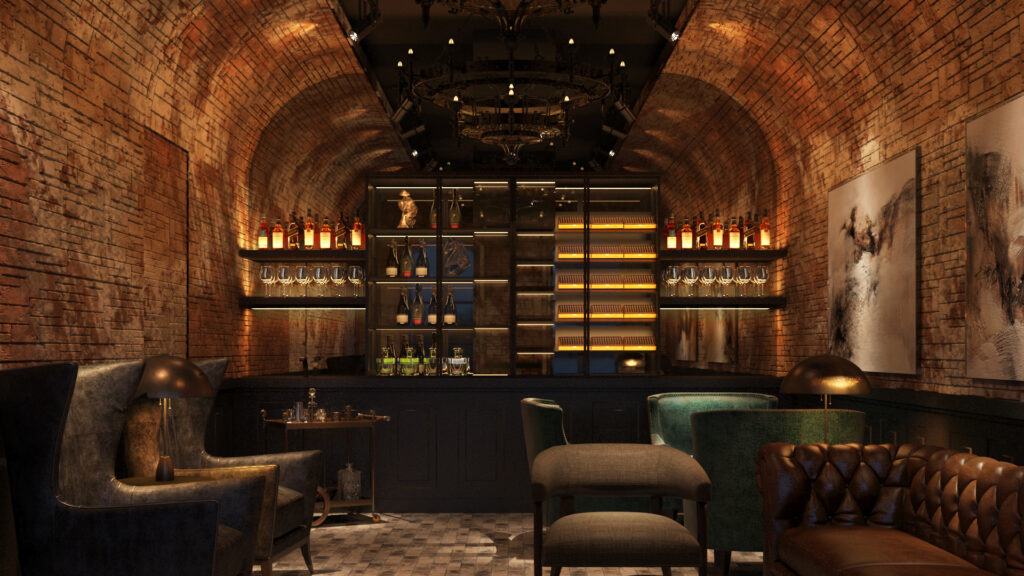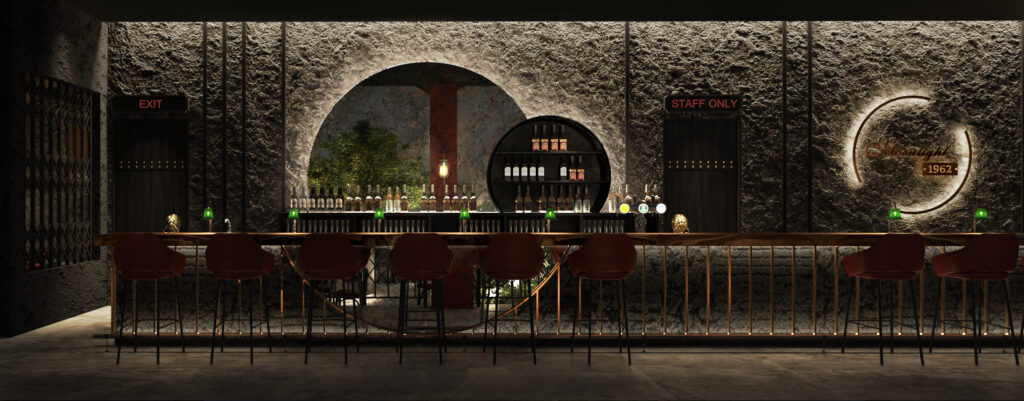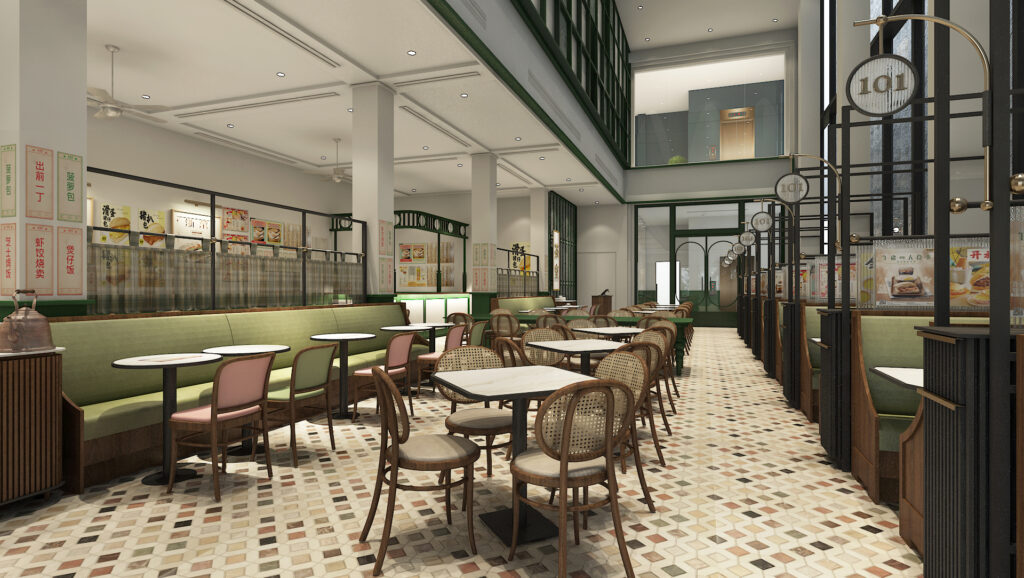How Strategic Restaurant Interior Design in Singapore Crafts a Profitable Experience
In Singapore’s famously competitive F&B scene, a memorable meal is only half the battle. Today’s diners are buying an experience. They are seeking an escape, a story, and a destination worthy of their time and their social media feed. This is where strategic restaurant interior design in Singapore becomes the most powerful ingredient in your recipe for success.
Your restaurant’s interior is your brand’s physical language. It’s a silent host that greets every guest, shapes every interaction, and sets the stage for the culinary journey ahead. A well-designed space doesn’t just look good; it functions flawlessly, enhances the dining experience, and directly impacts your bottom line by encouraging longer stays, repeat visits, and priceless word-of-mouth marketing.
Whether you’re launching a new concept or revitalizing a beloved establishment, here’s how to think about design as a core business strategy.
The Psychology of Space: Engineering the Perfect Diner Journey
The moment a guest steps inside, they should feel a shift. The design must guide their experience from start to finish, influencing their mood and behaviour in subtle yet powerful ways.
- The Grand Entrance: The first impression is everything. The entrance should offer an enticing glimpse of the world within, creating a sense of arrival and anticipation. This could be a dramatic host stand, a unique art installation, or a beautifully framed view of the main dining area.
- Mastering the Flow: A successful layout is a delicate balance between maximizing seating capacity (revenue) and ensuring diner comfort (experience). It also dictates the efficiency of your service staff. Strategic restaurant interior design considers sightlines, acoustics, and the creation of distinct zones—from a vibrant, energetic bar area to intimate, quieter corners for romantic dinners.
- Lighting that Sets the Mood: Lighting is arguably the most critical element in F&B design. It dictates the entire ambiance. A professional lighting scheme is layered: ambient lighting provides overall warmth, task lighting ensures tables are perfectly illuminated (making the food look its best), and accent lighting highlights architectural features or art. The right lighting makes a space feel intimate, flattering, and luxurious.
The Instagram Imperative: Designing for the Digital Age
In today’s market, your restaurant’s design is one of your most potent marketing tools. A visually stunning interior doesn’t just delight the guests who are present; it reaches thousands more online.
- Creating the “Money Shot”: Every successful modern restaurant has at least one iconic, instantly recognizable design feature. This could be a dramatic feature wall, a custom neon sign with a clever phrase, a spectacular light fixture, or a lush green wall. This “Instagrammable moment” is a deliberate design choice that encourages user-generated content, turning your customers into brand ambassadors.
- A Cohesive Brand Story: The design must be an authentic extension of your culinary concept. A rustic Italian trattoria will use warm woods, terracotta, and checkered patterns. A sleek, modern Japanese omakase bar will favour clean lines, minimalist aesthetics, and natural stone. The design tells the story your food began, creating a powerful and memorable brand identity.
The Unseen Hero: Operational and Functional Excellence
A beautiful restaurant that doesn’t function efficiently is a failed restaurant. The design must be a workhorse, built to withstand the intense demands of daily service.
- Durability is Non-Negotiable: Materials must be chosen for their aesthetic appeal and their durability. This includes commercial-grade flooring that can handle heavy foot traffic and spills, upholstery that is stain-resistant and easy to clean, and tabletop surfaces that are both beautiful and robust.
- Acoustic Comfort: A space that is too loud can be a major deterrent for guests. Strategic design incorporates sound-absorbing materials like acoustic panels, soft furnishings, and even clever architectural details to control noise levels, ensuring the ambiance is energetic but not overwhelming.
Why a Professional Design & Build Partner is Your Key to Success
Navigating the complexities of an F&B fit-out in Singapore is a monumental task, filled with strict regulatory hurdles (SFA, URA, FSSD), tight timelines, and the need to coordinate countless suppliers and contractors.
A turnkey design and build partner like DDA is invaluable. By integrating the creative design process with the practical realities of construction and project management under a single expert team, you ensure:
- A Unified Vision: Your concept is flawlessly executed, with no detail lost between the designer’s drawing and the contractor’s work.
- Efficiency and Control: A single point of accountability streamlines the entire process, keeping the project on schedule and on budget.
- Regulatory Peace of Mind: An experienced team navigates the complex web of F&B regulations on your behalf, avoiding costly delays and ensuring full compliance.
Your restaurant’s interior is an investment that works for you every single second you are open. It’s the backdrop for every memory made, every photo shared, and every reason a customer chooses to return.
Ready to build an unforgettable dining destination? Contact DDA to schedule a strategic consultation with our F&B design specialists today.



